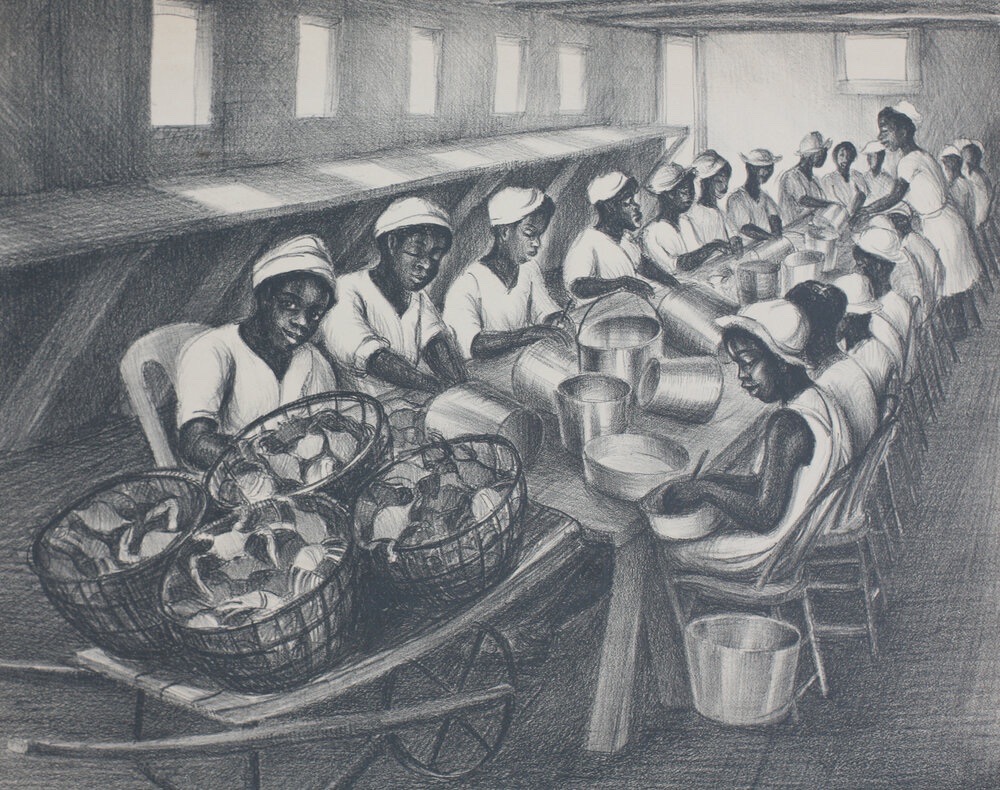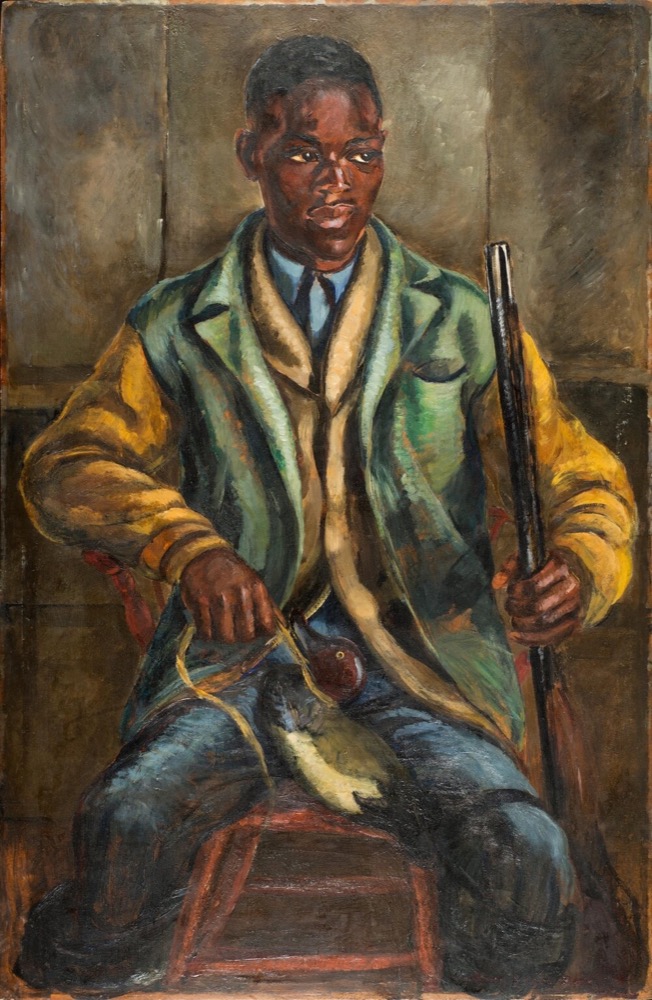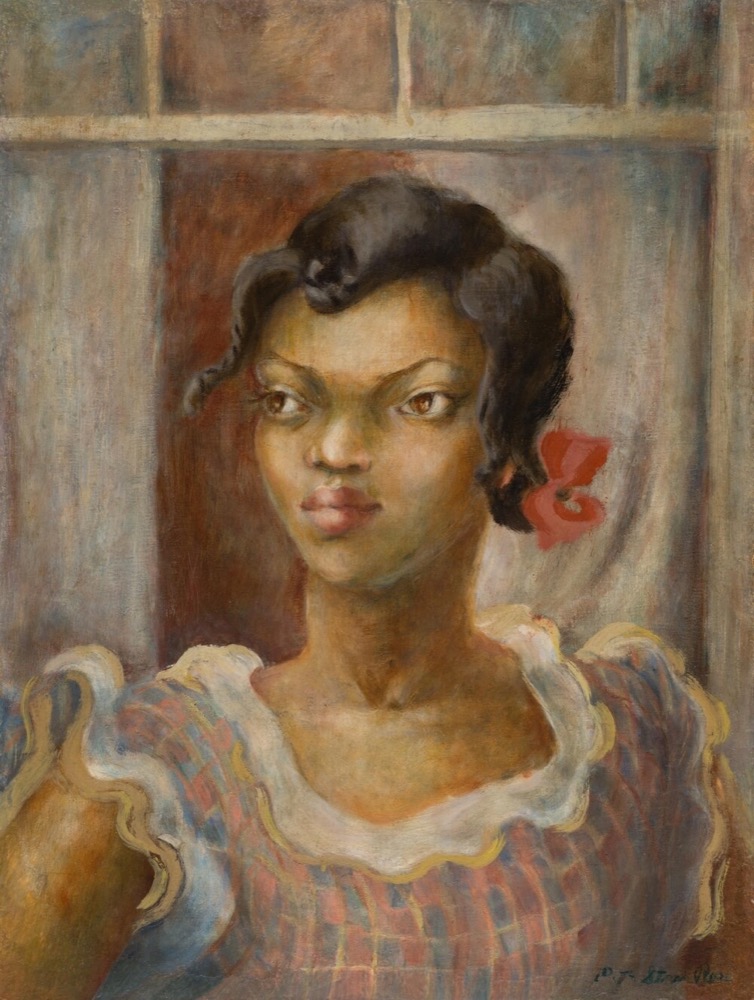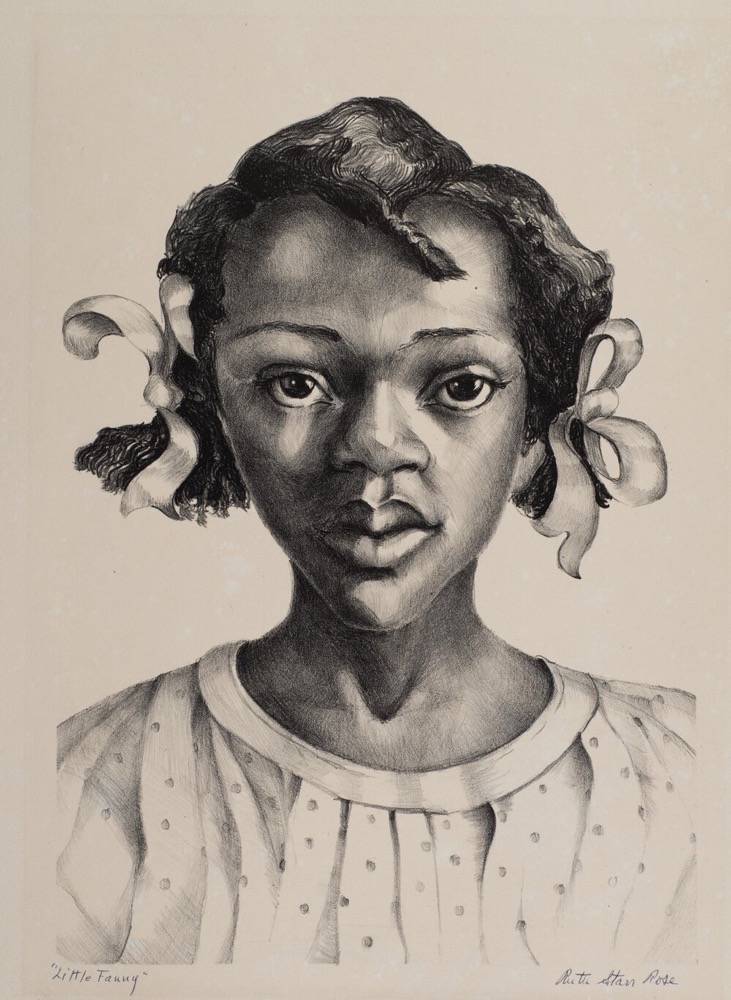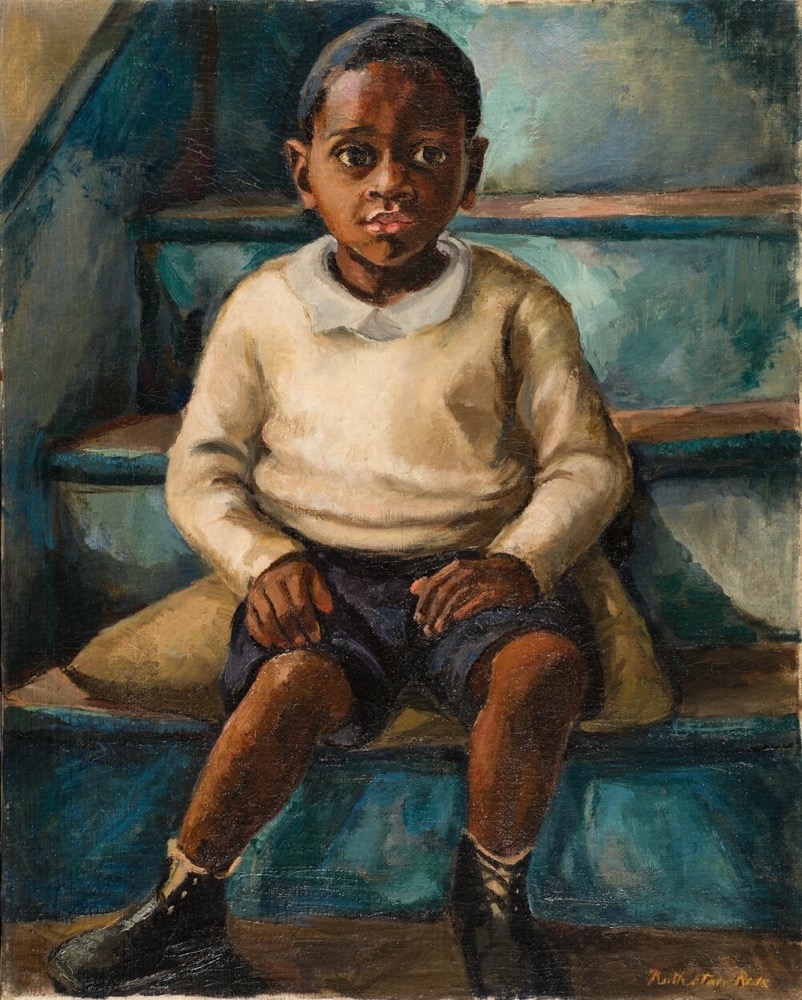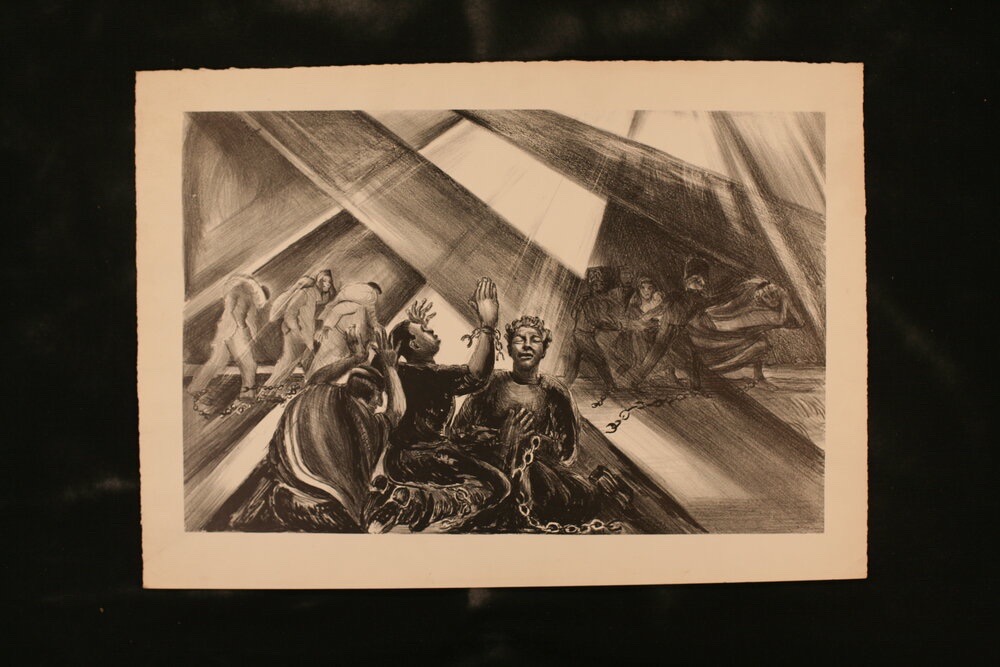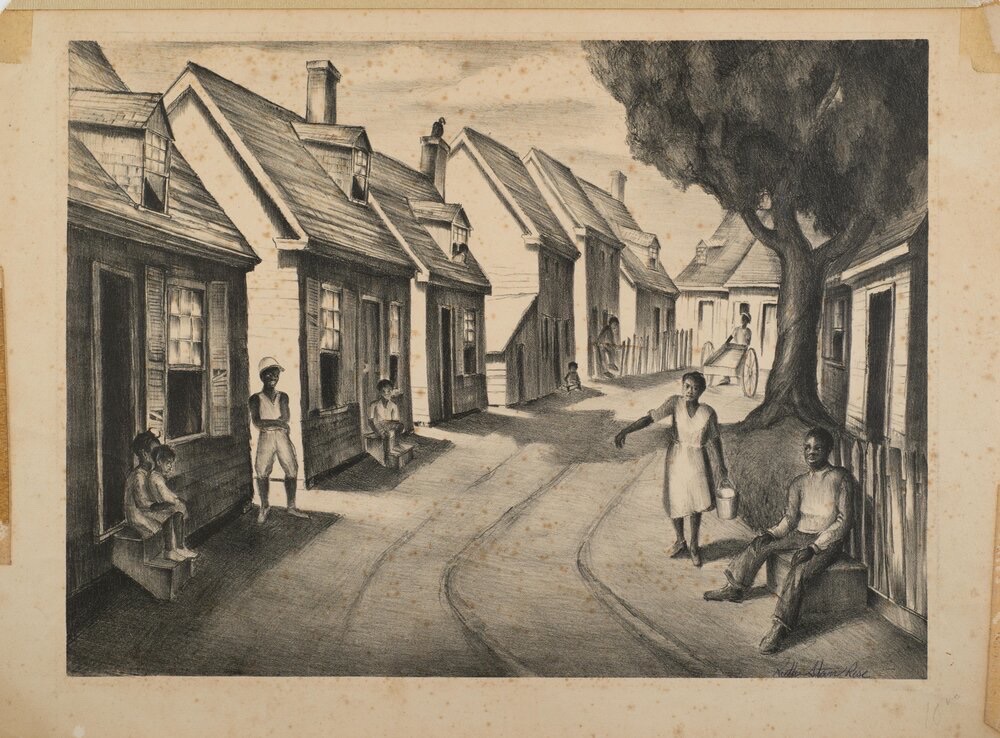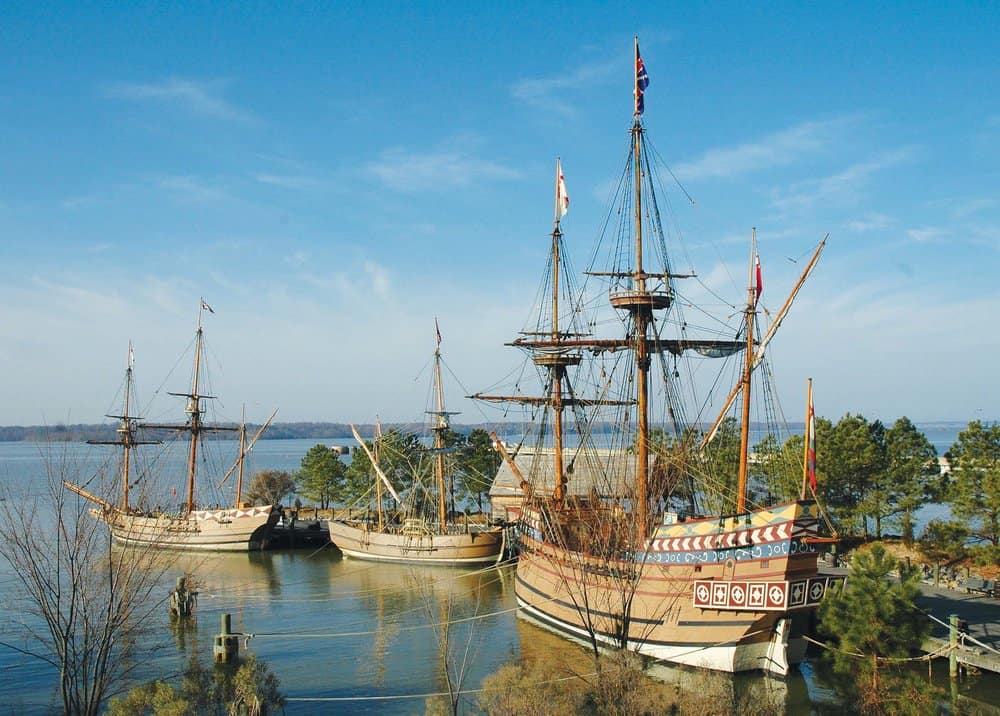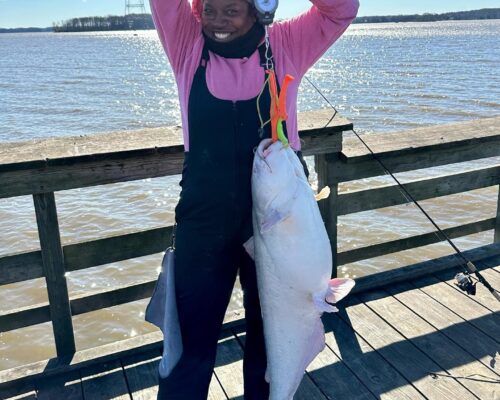An Oxford museum celebrates Black founding families.
In February 2021, the Water’s Edge Museum opened at 101 Mill Street in Oxford, Md. The building that once hosted African American dances now houses a collection of drawings, paintings, lithographs, and writings both informative and celebratory of African American life on the Eastern Shore. The Museum invites visitors to “find themselves at the water’s edge” and learn the stories of Maryland’s Black founding families. Museum director Candace Henry, the Eastern Shore’s first woman of color in such a role, offers this definition: “The founding fathers acknowledged that without the enslaved they would have been unable to build the country. The term founding Black families acknowledges that fact.”
According to both Jeffrey Moaney, director of founding black family genealogy and histories, and Annie Miller, director of education, the Water’s Edge story began long before the creation of a museum was
ever considered.
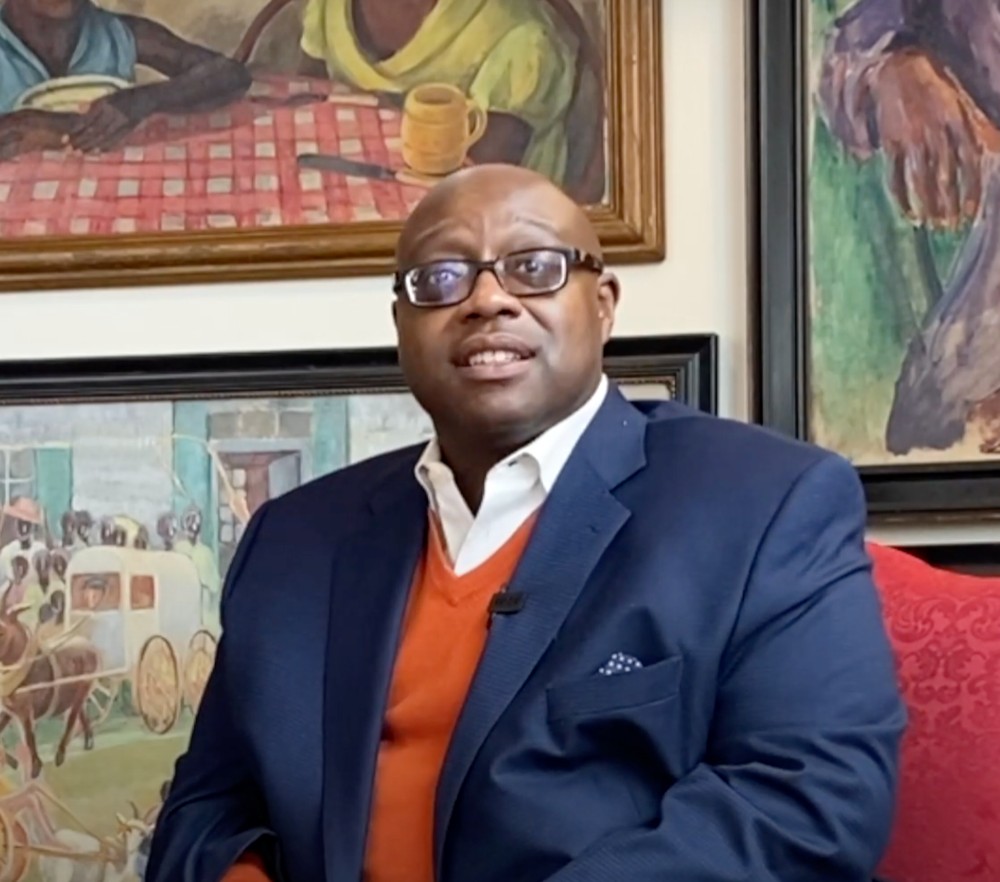
Dr. Barbara Paca discovered the paintings of Ruth Starr Rose while working on another project. Rose, a white artist, painted portraits of African American life on Maryland’s Eastern Shore that refuted every stereotype of the early 1900s. Impressed by the work of the woman she first assumed to be black, Dr. Paca began to acquire Rose’s work and in the process discovered the artist’s life beyond painting. Not only did Ruth Starr Rose capture the images of her neighbors in the villages of Unionville and Copperville, she invited them to her home and worshipped with them at Copperville’s DeShields United Methodist Church. “I give credit to Ruth Starr Rose for being a pioneer of her time,” says Jeffrey, also a descendant of many of Rose’s subjects. “She refused to paint the stereotypes of African Americans so prevalent in the depiction of the time.” Through genteel but revolutionary resistance, Rose fought against the status quo.
Of Dr. Paca’s growing collection, Miller recalls that “one piece led to another.” People showed up with items that had been stored away in their attics. A painting discovered in the basement of the Academy Arts building in Easton has been restored and now hangs on a wall at the Water’s Edge Museum.
Like Ruth Starr Rose, Dr. Paca and her family attended church with their African American neighbors. At Oxford’s Waters United Methodist Church, she met pianist Tessier Moaney. From the portraits she owned, Dr. Paca recognized the family name. When she asked if Mrs. Moaney could identify them, she informed Dr. Paca that the subjects were her brother and sisters-in-law. Mrs. Moaney in turn put Dr. Paca in touch with Jeffrey Moaney, Mrs. Moaney’s grandson and the family’s historian and genealogist. Through Dr. Paca’s relationship as a cousin to the current owners of Wye House, Jeffrey Moaney learned that the 1762 birth of ancestor Isaac Copper predates the country’s independence. “We found this history through each other.”
Click an image to open a slideshow of images by Ruth Starr Rose
Although establishing a museum for her collection played no part in Dr. Paca’s plans, living in Oxford during COVID-19 provided the perfect opportunity. In February 2021 the Water’s Edge Museum opened to honor the families “who harnessed knowledge and power and placed it firmly in the hands of their descendants.” The works include portraits of the founding Black families painted by Rose and lithographs depicting their lives as sailmakers, farmers, musicians, and watermen. Other walls display the themes of spirituality and military service, daily life and spirituality, the daily life of people of color on the Eastern Shore, and the folio—a collection of articles, letters, lithographs, and articles intended to supplement the exhibits.
As a descendant of the Moaney family, seeing their portraits along the museum’s north wall was both moving and inspirational to Mr. Moaney. “As humble as our start and emergence from enslavement was, what they were able to do in building a foundation for our family and other formerly enslaved gives me an immense feeling of pride.”
To further honor these ancestors, on July 4, 2021, exactly 249 years after the last documented intra-American slave ship docked at the port of Oxford, guests gathered at the Water’s Edge Museum to honor their memory. In attendance were Maryland First Lady Yumi Hogan, state government representatives, diplomatic representatives from the Republic of South Africa, Museum Board members, guests, and first family descendants. Ann C. Cobb, executive director of the Middle Passage Ceremonies and Port Marker Project, said, “It is long overdue that we acknowledge their sacrifices and commemorate their lives. With ceremony and dedication, we open the door and ask them to join us today. The Middle Passage Ceremonies and Port Markers Project applauds the Town of Oxford for its commitment to truth telling, to justice, to healing as we become one nation… .”
As part of the ceremony of song and libation, a request was presented to the Native American community for permission to place the marker on designated land. Chief Wolf Mother of the Nause-Waiwash Band of Indians gave permission and offered blessings to the ancestors and to the site where the marker will stand. Brenda Moaney Henry, a descendant of the honored first families, was presented with an original Ruth Starr Rose lithograph of her father as a baby. “This is what the 4th of July is really about,” stated one guest. “Reclaiming it for us as Black people as well. Acknowledging that the America we know and celebrate today could not have been possible without the work of our enslaved ancestors and their descendants.”
“The Museum will always be a safe space,” Annie Miller said. “Here the kids are free to say whatever they feel. We talk about race and we talk about disability. And even if they stay for only an hour, you can see the wheels turning. By the end of their time here we’re having open conversations.”
Young visitors sometimes see themselves at the Water’s Edge, especially when they discover that they too are descendants of the founding families, and declare it their favorite museum. “It’s an encouraging place where they can express themselves, be inspired, and learn how we got to where we are today, not with guilt but with understanding,” Henry added. Bruce Glover, director of community initiatives and special education, says that along with the ability to draw on his years as an educator in that field, he is inspired by the museum’s sense of beauty, spirituality, and the stories of the community. “It reminds me of scenes from my own childhood,” he reminisces with a smile. In the end, he says, “it proves that we’re all alike; we all are one.”
Looking ahead to the future, plans include a new museum in the nearby community of Bellevue, as well as a proposal to make the Water’s Edge Museum a regional history field trip. According to Henry, “the more we talk about it, the more we make it real. You shouldn’t learn any history before you learn where you’re from.”
For more information visit the Water’s Edge Museum at watersedgemuseum.org.

